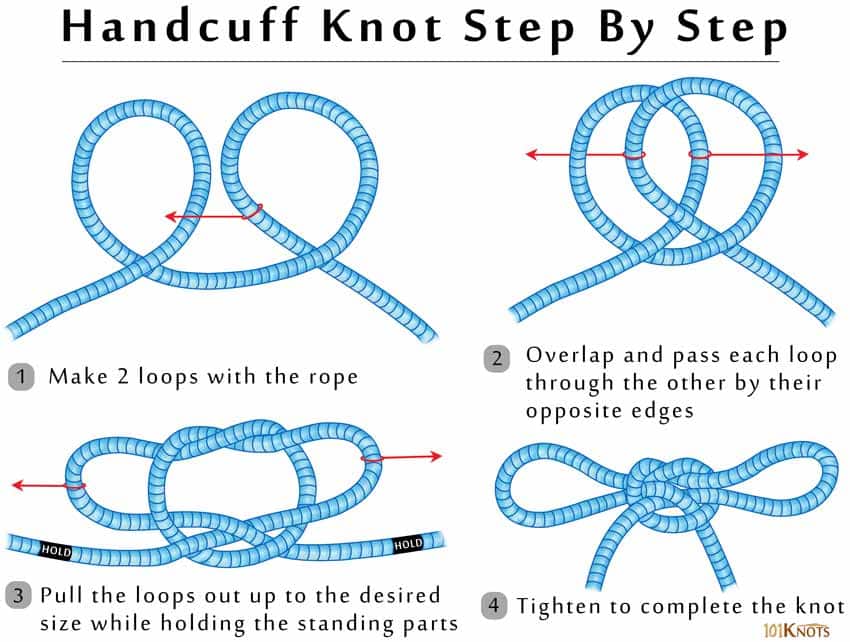

Carefully slide your thumb out and feed the rope through the X you just formed.Then, wrap the working end of the other rope over your thumb and the first rope, bring it under, and fully wrap it over again to form an X.Hold the end of one rope in your fist with your thumb over the rope.Bring the two ends of the rope together so that they overlap.You can make a Triple Fisherman’s by using triple overhand knots. The Double Fisherman's is essentially two double overhand knots pulled together. It’s very difficult to untie after it gets weighted, so it makes a good choice for Prusik loops. The Double Fisherman’s is a very secure way to join two ropes or form a cord into a loop. Dress the hitch by pulling both strands tight.

Grab it with your finger pointing down, bring it up so that your finger points up and toward you, and clip it into the carabiner.

Bring your hand up so that your finger points up and toward you.Grab the rope in your fist with your finger pointing down the rope.If you’re at the anchor, you can also tie the clove while you hold onto the anchor carabiner with one hand. Dress the hitch by pulling both strands tight. Now move the second loop behind the first, and clip both loops with a carabiner.Then form a second loop in the same way.Hold the rope in both hands, and form a loop by crossing the rope over itself.You can tie a clove hitch with two hands or with one.

Many climbers use it to connect directly to an anchor. It’s easy to untie after taking a heavy load, and quickly unravels when you unclip it from the carabiner. The Clove Hitch allows you to secure a rope in place on a carabiner. You can check the knot by counting five sets of parallel lines. Make sure you have at least six inches of tail. Tighten the knot by pulling each strand tight individually.Once you’ve worked the end all the way through, dress the knot by making sure the strands are neat and run parallel.You want the working end to run completely parallel to the standing part of the original knot. Now feed the rope back through the knot, tracing the original knot as you go.To form the follow through, pass the end of the rope through both tie-in points on your harness, and pull the knot in close to you.Then pass the working end of the rope through the loop from front to back.Pinch a bight from where you’ve measured at your shoulder and twist it one full rotation so that the standing part of the rope crosses over the working side, then twist it again so that it comes around to its original position.Grab the end of the rope in one hand extend your arm and measure out a length from your fist to your opposite shoulder.The Figure 8 Knot is the most common knot for tying the rope into your harness.


 0 kommentar(er)
0 kommentar(er)
